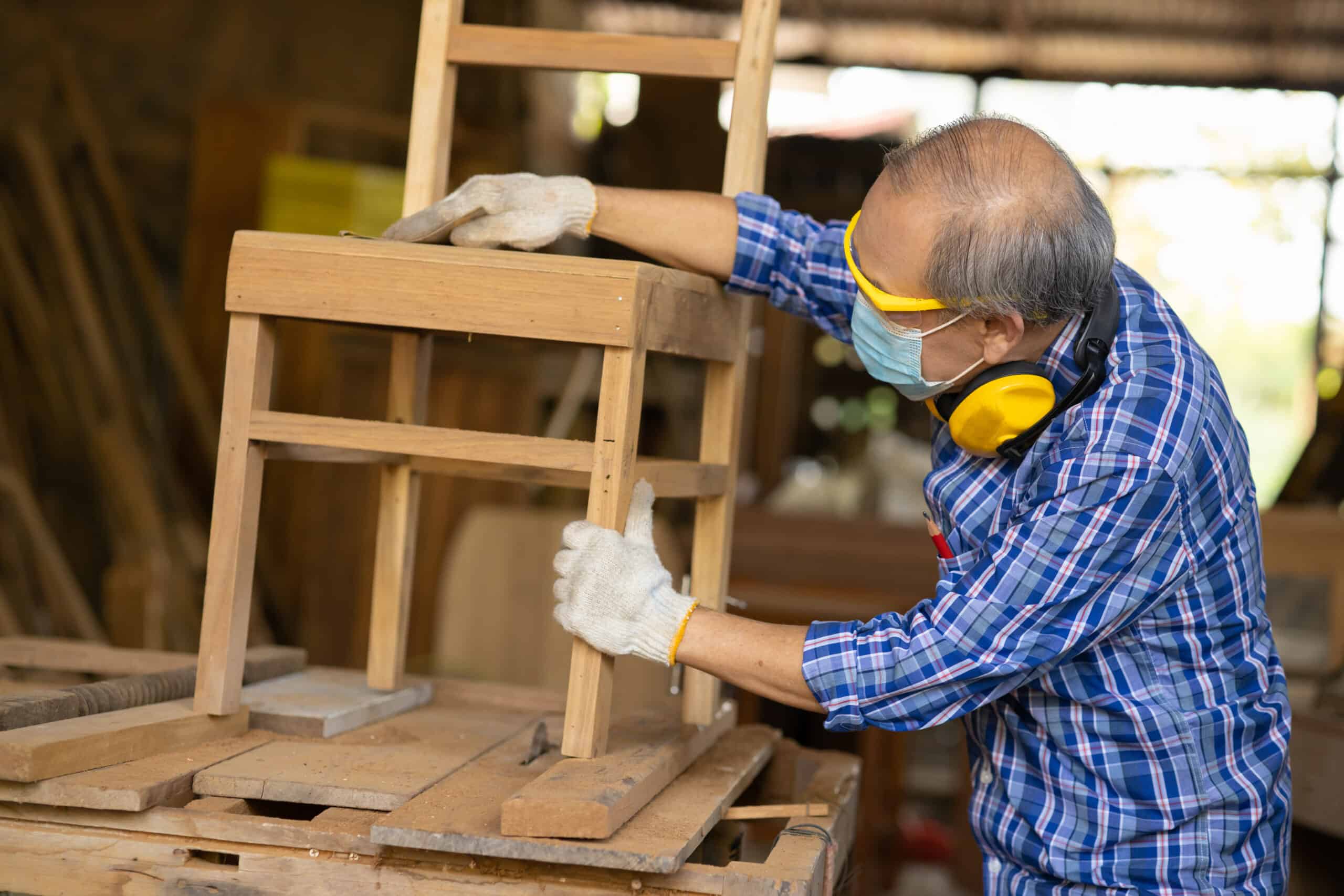

Articles
How To Speed Up Off Gassing Furniture
Modified: January 7, 2024
Discover effective ways to speed up off-gassing of furniture and minimize its impact on indoor air quality with our expert tips and recommendations.
(Many of the links in this article redirect to a specific reviewed product. Your purchase of these products through affiliate links helps to generate commission for Storables.com, at no extra cost. Learn more)
Introduction
Welcome to the world of furniture! Whether you’ve just purchased a brand new sofa or inherited a gorgeous antique chair, one common issue you might encounter is the presence of off-gassing. Off-gassing is the release of volatile organic compounds (VOCs) from materials used in furniture, such as adhesives, coatings, and fabrics. These VOCs can have a strong and persistent odor, which can be quite unpleasant.
While off-gassing is a natural process that occurs with many newly manufactured products, it is understandable that you may want to speed up the process and eliminate those lingering odors as quickly as possible. In this article, we will explore some effective methods to expedite the off-gassing process so that you can enjoy your furniture without any discomfort or overwhelming smells.
Key Takeaways:
- Speed up off-gassing in furniture by using ventilation, activated charcoal, baking soda, sunlight exposure, essential oils, and indoor plants. Enjoy a fresher and more comfortable living space with these effective strategies.
- Address off-gassing odors in furniture to improve indoor air quality and create a more enjoyable environment. Utilize natural methods such as ventilation, activated charcoal, baking soda, sunlight exposure, essential oils, and indoor plants for a healthier home.
Read more: How To Speed Up Grass Seed Germination
Understanding Off-Gassing in Furniture
Before we delve into the ways to speed up off-gassing, it’s essential to have a clear understanding of what off-gassing is and why it occurs in furniture. Off-gassing is the release of volatile organic compounds (VOCs) from materials used in the construction of furniture. These VOCs can include chemicals such as formaldehyde, benzene, and toluene.
Manufacturers typically use adhesives, sealants, and finishes that contain these VOCs to bond and protect the various components of furniture. While the use of these materials is necessary for the construction and durability of the furniture, the off-gassing process can result in the release of strong and unpleasant odors.
It’s important to note that the level of off-gassing can vary depending on the type of furniture, the specific materials used, and the manufacturing process. New furniture tends to have a higher concentration of VOCs and may release more odors compared to older pieces.
In addition to the odors, off-gassing can also contribute to poor indoor air quality. Prolonged exposure to VOCs can cause various health issues, including headaches, dizziness, respiratory problems, and allergies. Therefore, it is essential to address and minimize off-gassing to maintain a healthy and comfortable living environment.
Now that we have a better understanding of off-gassing in furniture and its potential implications, let’s explore some effective strategies to speed up the process and reduce those pesky odors.
The Importance of Speeding Up Off-Gassing
While off-gassing is a natural process that occurs with new furniture, it is understandable that you may want to expedite the process and minimize the time you have to endure the strong odors. In addition to the desire for a more pleasant-smelling living space, there are several other reasons why speeding up off-gassing is important.
Firstly, off-gassing can affect the overall indoor air quality of your home. High levels of VOCs can contribute to poor air quality and may cause respiratory issues and allergic reactions, especially for individuals with pre-existing respiratory conditions. By actively addressing off-gassing, you can improve the quality of the air you breathe and create a healthier living environment.
Secondly, the presence of strong odors from off-gassing can be quite unpleasant and may disrupt your enjoyment of your new furniture. No one wants to sit on a sofa or sleep on a bed that emits noxious smells. By speeding up off-gassing, you can significantly reduce the intensity and duration of these odors, allowing you to fully enjoy your furniture without discomfort.
Lastly, if you have recently moved into a new home or have just completed a renovation, speeding up off-gassing is particularly important. New furniture, combined with the lingering odors from fresh paint and other building materials, can create an overwhelming and unpleasant environment. By implementing off-gassing strategies, you can quickly restore a fresh and inviting atmosphere in your home.
Overall, speeding up the off-gassing process is crucial for improving indoor air quality, eliminating unpleasant odors, and ensuring a comfortable and enjoyable living space. With that in mind, let’s explore some effective methods to achieve this
Ventilation: Creating an Airy Environment
One of the most effective ways to speed up off-gassing in furniture is through proper ventilation. By creating an airy environment, you can increase the circulation of fresh air, allowing the VOCs to dissipate more quickly.
To maximize ventilation, start by opening windows and doors in the room where the furniture is located. This will promote the exchange of indoor and outdoor air, helping to disperse the odorous gases. If possible, use fans to create a cross breeze, further enhancing the air circulation.
Additionally, consider positioning the furniture in an area of the room that receives ample air movement. Avoid placing it against walls or in enclosed spaces where air circulation may be limited. This will allow for better airflow around the furniture, expediting the off-gassing process.
In some cases, utilizing a portable air purifier or an exhaust fan can be beneficial. These devices help to filter and remove VOCs from the air, reducing the concentration of odorous gases and improving indoor air quality.
It’s important to note that ventilation alone may not completely eliminate off-gassing, especially if the furniture contains a high concentration of VOCs. However, it is an essential step in creating a healthier and more comfortable living environment while aiding in the off-gassing process.
Keep in mind that proper ventilation is also important for your overall well-being. Fresh air circulation can have numerous benefits, such as reducing indoor pollutant levels, preventing mold growth, and improving respiratory health.
Next, let’s explore another method that can be used in conjunction with ventilation to expedite off-gassing: activated charcoal.
Activated Charcoal: Absorbing Odors
Activated charcoal, also known as activated carbon, is a highly porous substance that has the ability to absorb and trap odors. It is an effective method for speeding up the off-gassing process in furniture.
Activated charcoal works by adsorption, a process in which molecules adhere to the surface of the charcoal. The porous structure of activated charcoal provides a large surface area for VOCs to come into contact with and get trapped in its tiny pores.
To use activated charcoal for off-gassing, you can place small bowls or dishes filled with activated charcoal near the furniture. This allows the charcoal to absorb the odorous gases released during off-gassing, helping to eliminate the odors more quickly.
It is important to note that activated charcoal needs to be “reactivated” or refreshed periodically to maintain its effectiveness. This can usually be done by placing the charcoal in direct sunlight for a few hours. Sunlight helps to evaporate any trapped gases and renews the adsorption capacity of the charcoal.
Activated charcoal is widely available in various forms, including loose granules, sachets, or even in specialized air purifying bags. You can easily find activated charcoal products at home improvement stores, online retailers, or natural health stores.
While activated charcoal is effective in absorbing odors, it may not completely eliminate strong or persistent smells. It is most effective when used in conjunction with other off-gassing strategies, such as ventilation and time. Combined with proper ventilation, activated charcoal can significantly reduce the intensity and duration of off-gassing odors.
Now that we’ve explored how to absorb odors with activated charcoal, let’s move on to another method: baking soda.
Place the off-gassing furniture in a well-ventilated area, preferably outdoors, to speed up the process. Opening windows and using fans can also help to increase air circulation and reduce the off-gassing time.
Read more: What Wind Speeds Will Pick Up A Trampoline
Baking Soda: Neutralizing Odors
Baking soda, also known as sodium bicarbonate, is a versatile household product that can effectively neutralize odors. It is a safe and natural option for speeding up the off-gassing process in furniture.
Baking soda works by chemically reacting with odorous compounds, thereby neutralizing and eliminating the unpleasant smell. It has a strong ability to absorb and trap odors, making it an effective solution for off-gassing odors in furniture.
To use baking soda for off-gassing, sprinkle a generous amount of baking soda directly onto the surface of the furniture or create a homemade deodorizing spray. To make the spray, mix water and baking soda in a spray bottle and mist the furniture’s surface. Allow the baking soda to sit for several hours or overnight, then vacuum or wipe it away.
Baking soda can also be used in combination with activated charcoal. Simply place small bowls of baking soda near the furniture along with activated charcoal to enhance the odor-absorbing effects.
It’s important to note that baking soda may not completely eliminate strong or persistent off-gassing odors. However, it can help to reduce the intensity of the smells and provide a fresher environment. Repeat the baking soda application as needed until the odors are significantly diminished.
Aside from its odor-neutralizing properties, baking soda is often used as a natural cleaning agent. It can help remove stains and refresh the appearance of upholstery or fabric-covered furniture. Sprinkling a thin layer of baking soda on the furniture and vacuuming it off after a few hours can help freshen up the material.
Now that we’ve explored how to neutralize odors with baking soda, let’s move on to another method: sunlight exposure.
Sunlight Exposure: Accelerating Off-Gassing
Sunlight exposure is a natural and effective method for accelerating the off-gassing process in furniture. The heat and ultraviolet (UV) light from the sun can help break down VOCs and aid in the dissipation of odorous gases.
When possible, position your furniture near a window where it can receive direct sunlight. The exposure to sunlight will help speed up the off-gassing process, allowing the VOCs to dissipate more quickly and reducing the duration of the odors.
It’s important to note that extended exposure to sunlight may cause fading or discoloration on certain types of furniture or fabrics. Therefore, it’s advisable to monitor the furniture closely and rotate it periodically to ensure even exposure.
If direct sunlight is not readily available or you are concerned about potential damage to the furniture, you can still take advantage of indirect sunlight. Positioning the furniture near a window where it receives ambient light throughout the day can still provide some benefits in expediting off-gassing.
It’s worth mentioning that while sunlight exposure can help accelerate off-gassing, it may not eliminate all odors, especially if the furniture contains a high concentration of VOCs. Therefore, it’s best to combine sunlight exposure with other off-gassing methods, such as ventilation and the use of activated charcoal or baking soda.
Now that we’ve explored the benefits of sunlight exposure, let’s move on to another method: essential oils.
Essential Oils: Masking Unpleasant Odors
Essential oils are not only known for their pleasant fragrances but also for their ability to help mask and neutralize unpleasant odors. While they may not directly speed up the off-gassing process, they can significantly improve the scent in your furniture and create a more enjoyable living environment.
When selecting essential oils, opt for those with strong and long-lasting scents such as lavender, eucalyptus, citrus, or peppermint. These oils have potent aromatic properties that can effectively mask odors and create a fresh and inviting atmosphere.
To use essential oils, you can create your own natural air freshener spray by combining a few drops of your chosen essential oil with water in a spray bottle. Lightly mist the furniture with the spray, taking care not to saturate the material. The pleasant aroma of the essential oils will help to mask any lingering off-gassing odors.
You can also use essential oils in diffusers or oil burners placed near the furniture. These devices release the scent of the essential oils into the air, creating a continuous and refreshing aroma throughout the room.
It’s important to note that while essential oils can help mask odors, they do not eliminate the VOCs causing the off-gassing. Therefore, it’s still necessary to implement other off-gassing techniques, such as ventilation and the use of activated charcoal or baking soda, to address the underlying issue.
In addition to their odor-masking properties, essential oils may offer additional benefits. Some essential oils have antimicrobial properties that can help purify the air and inhibit the growth of bacteria and mold. However, it’s important to use them in moderation and dilute them properly to avoid any adverse effects.
Now that we’ve explored how essential oils can enhance the fragrance of your furniture, let’s move on to another method: indoor plants.
Indoor Plants: Purifying the Air
Indoor plants not only add beauty and a touch of nature to your living space but also have the incredible ability to purify the air. They can help reduce the levels of airborne toxins, including VOCs, and improve indoor air quality, making them an excellent addition to your off-gassing strategy.
Several indoor plants are known for their air-purifying properties, including the Peace Lily, Snake Plant, Spider Plant, and Aloe Vera. These plants have the ability to absorb harmful chemicals through their leaves and roots and convert them into oxygen, effectively filtering the air around them.
By placing indoor plants near your furniture, you can create a natural and continuous air purification system. The plants will not only help remove VOCs released during off-gassing but also provide a refreshing and calming atmosphere.
It’s important to choose plants that are suitable for indoor environments and require minimal care. Consider factors such as light requirements, watering needs, and space availability when selecting the best plants for your home.
When caring for indoor plants, make sure to keep them well-watered and provide adequate light based on their specific requirements. Regularly dust their leaves to ensure optimal air-purifying performance.
In addition to their air-purifying properties, indoor plants have been shown to have a positive impact on mental health and overall well-being. They can reduce stress, improve mood, and increase productivity. So, incorporating indoor plants into your home not only supports the off-gassing process but also creates a more tranquil and rejuvenating living environment.
Now that we’ve explored the benefits of indoor plants, let’s summarize all the methods we’ve discussed so far.
Read more: How To Set Up Patio Furniture
Conclusion
Off-gassing odors from furniture can be a nuisance, but with the right strategies, you can expedite the process and create a more comfortable and pleasant living environment. Understanding the nature of off-gassing and its potential impact on indoor air quality is essential in addressing this issue effectively.
In this article, we have explored various methods to speed up off-gassing in furniture. Ventilation plays a crucial role in creating an airy environment and promoting the dissipation of odorous gases. Activated charcoal and baking soda are effective at absorbing and neutralizing odors, while sunlight exposure can accelerate the off-gassing process. Essential oils can help mask unpleasant odors, and indoor plants contribute to air purification.
While these methods can help minimize off-gassing odors, it’s important to note that patience and time are also key factors. Off-gassing is a natural process that will gradually diminish on its own. However, by implementing these strategies, you can significantly reduce the duration, intensity, and overall discomfort associated with off-gassing.
Remember to maintain good ventilation, utilize activated charcoal or baking soda, take advantage of sunlight exposure when possible, enjoy the refreshing scents of essential oils, and bring the beauty and natural air purifying benefits of indoor plants into your home.
By combining these techniques and having a little patience, you can create a healthier and more enjoyable living space. Say goodbye to those off-gassing odors and embrace the comfort of your furniture with confidence.
So, go ahead and put these methods into practice, and soon you’ll be able to fully enjoy your furniture without any lingering odors. Your newly refreshed living space awaits!
Frequently Asked Questions about How To Speed Up Off Gassing Furniture
Was this page helpful?
At Storables.com, we guarantee accurate and reliable information. Our content, validated by Expert Board Contributors, is crafted following stringent Editorial Policies. We're committed to providing you with well-researched, expert-backed insights for all your informational needs.



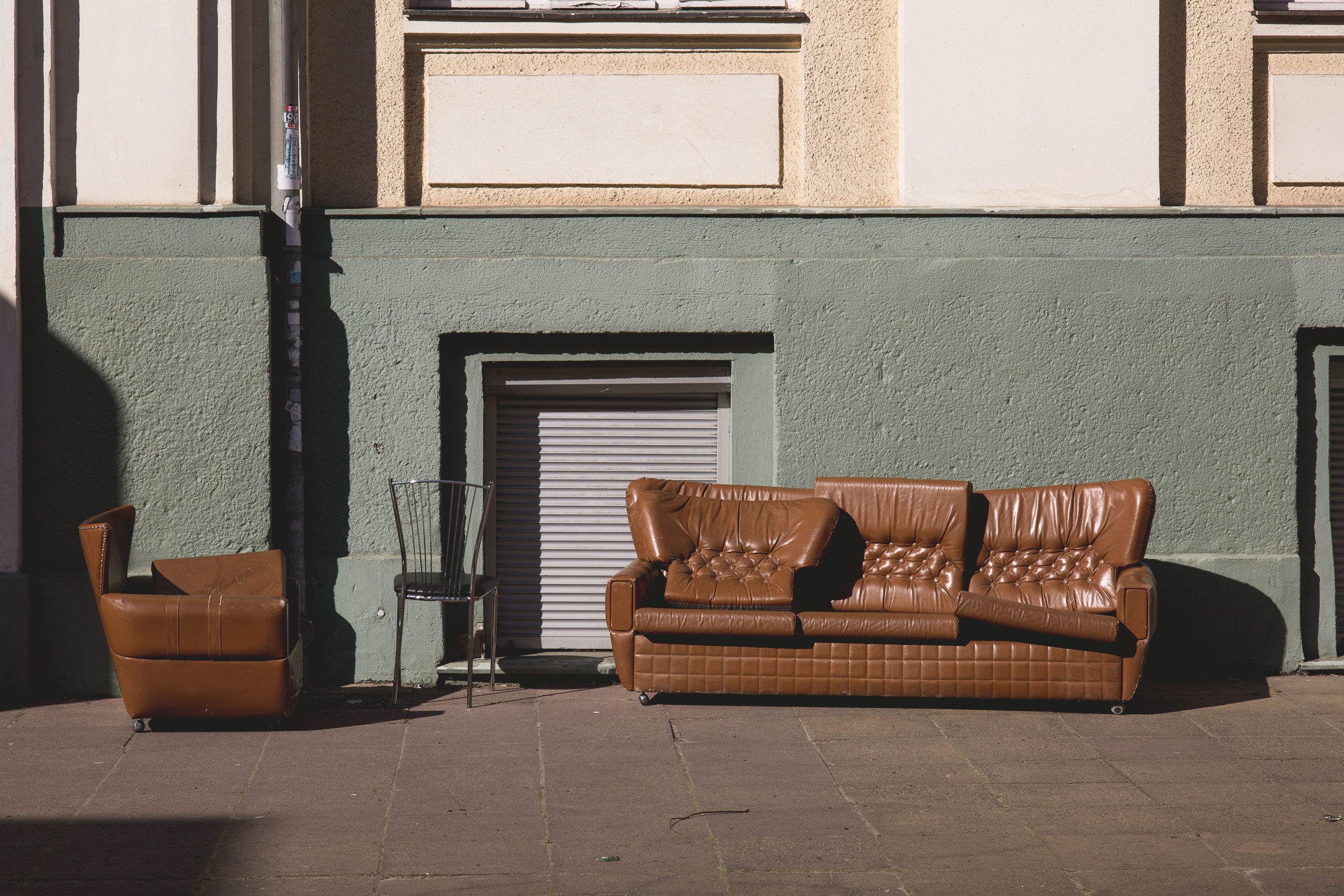
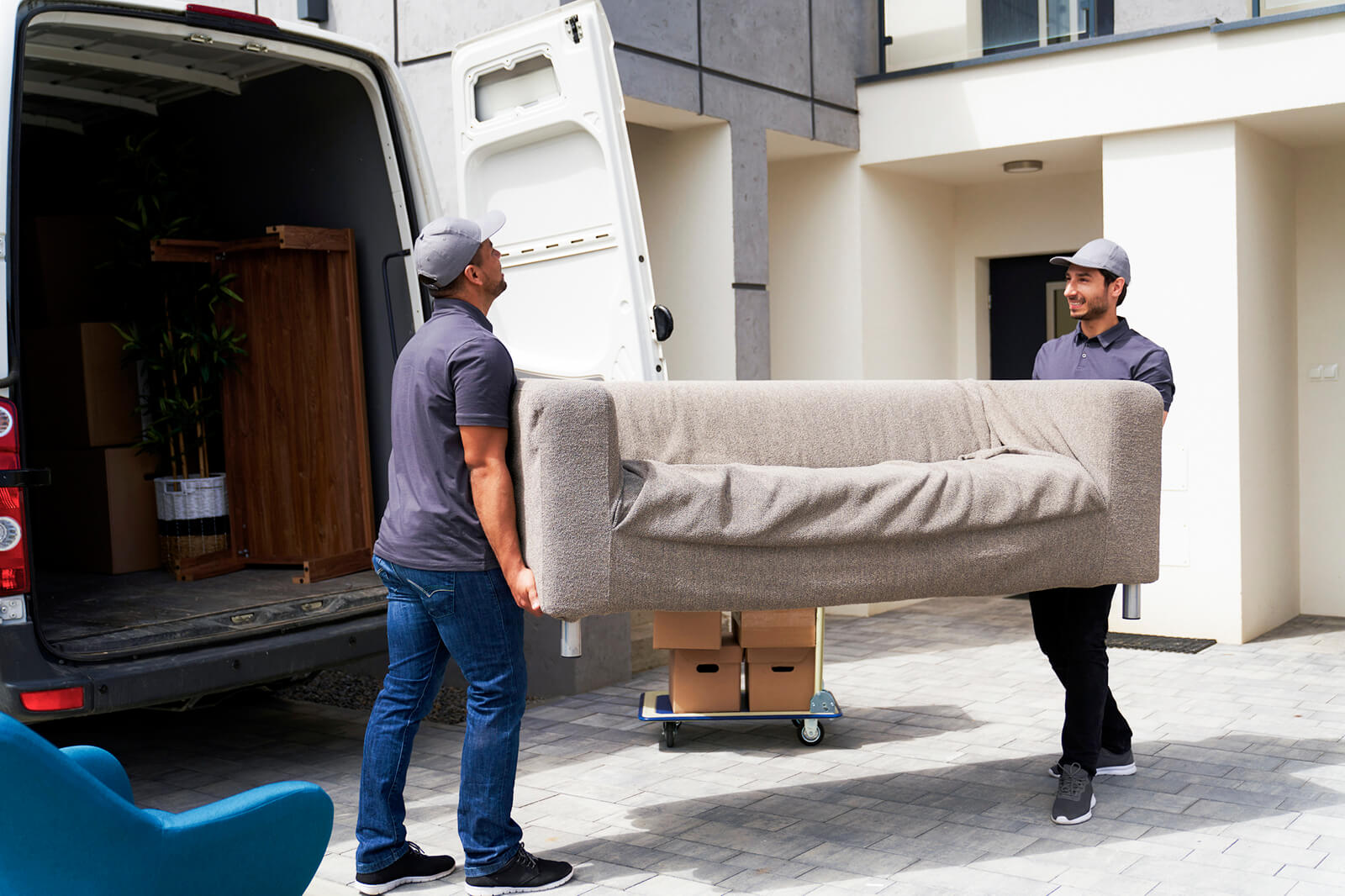




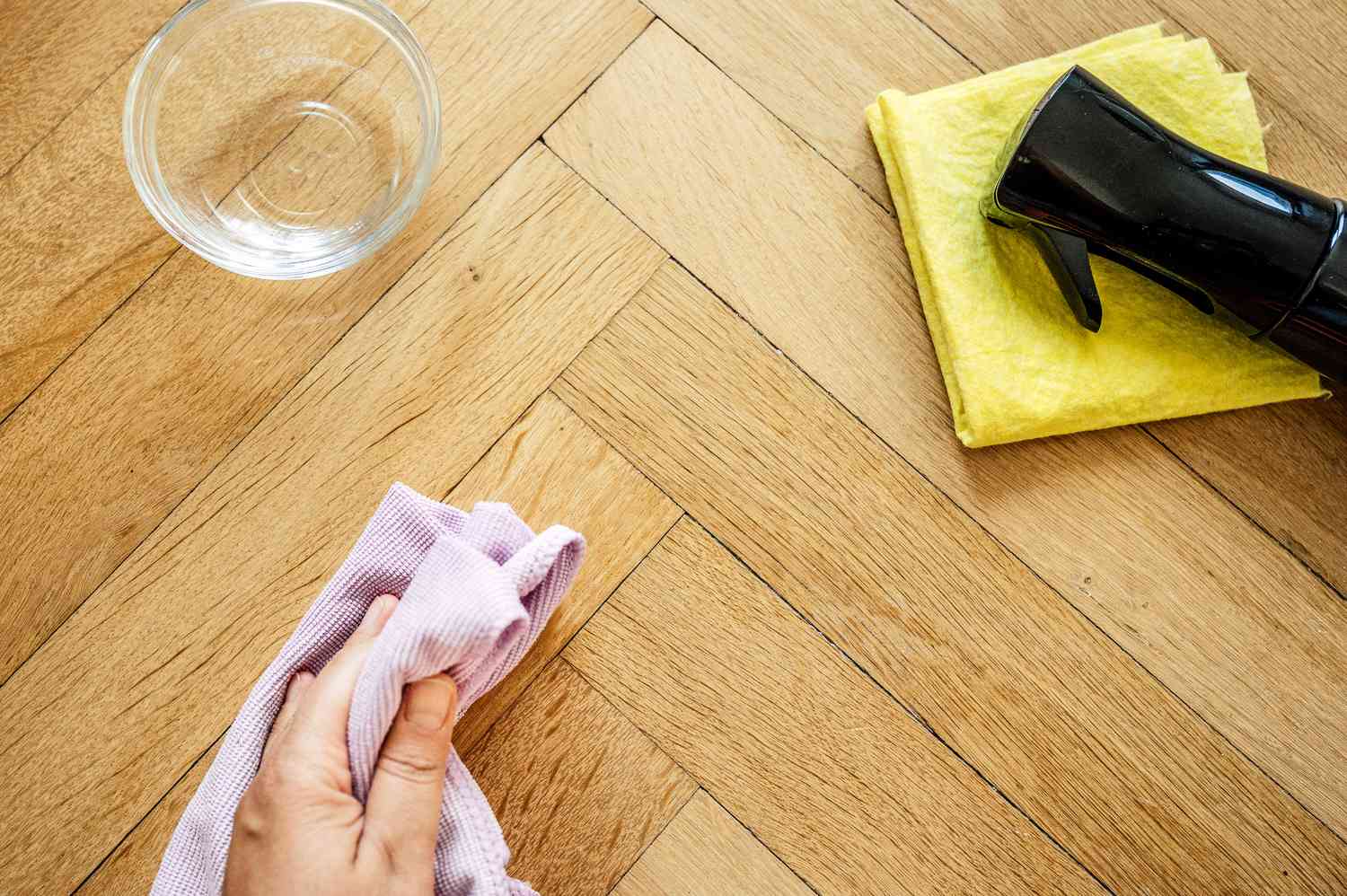
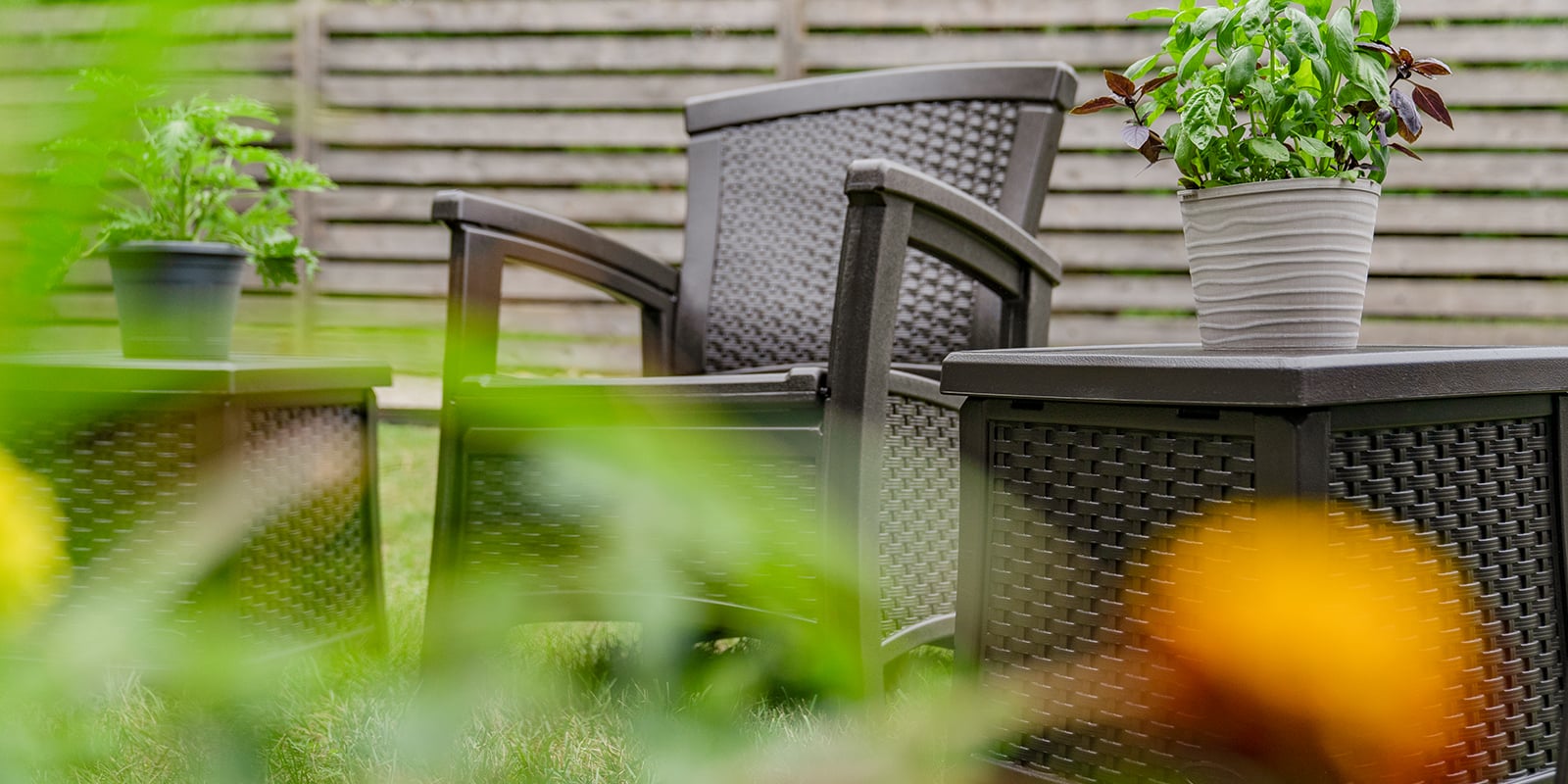



0 thoughts on “How To Speed Up Off Gassing Furniture”